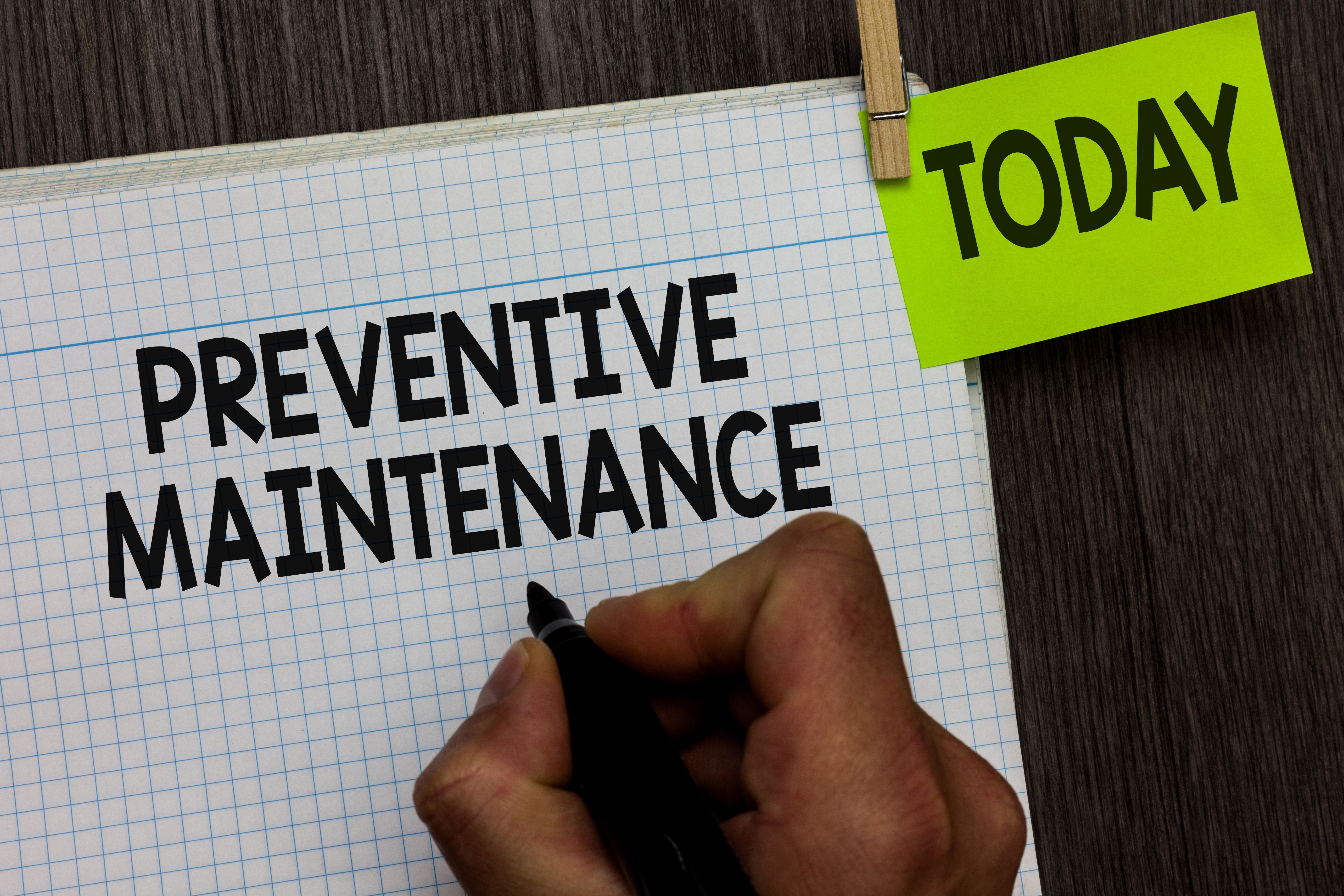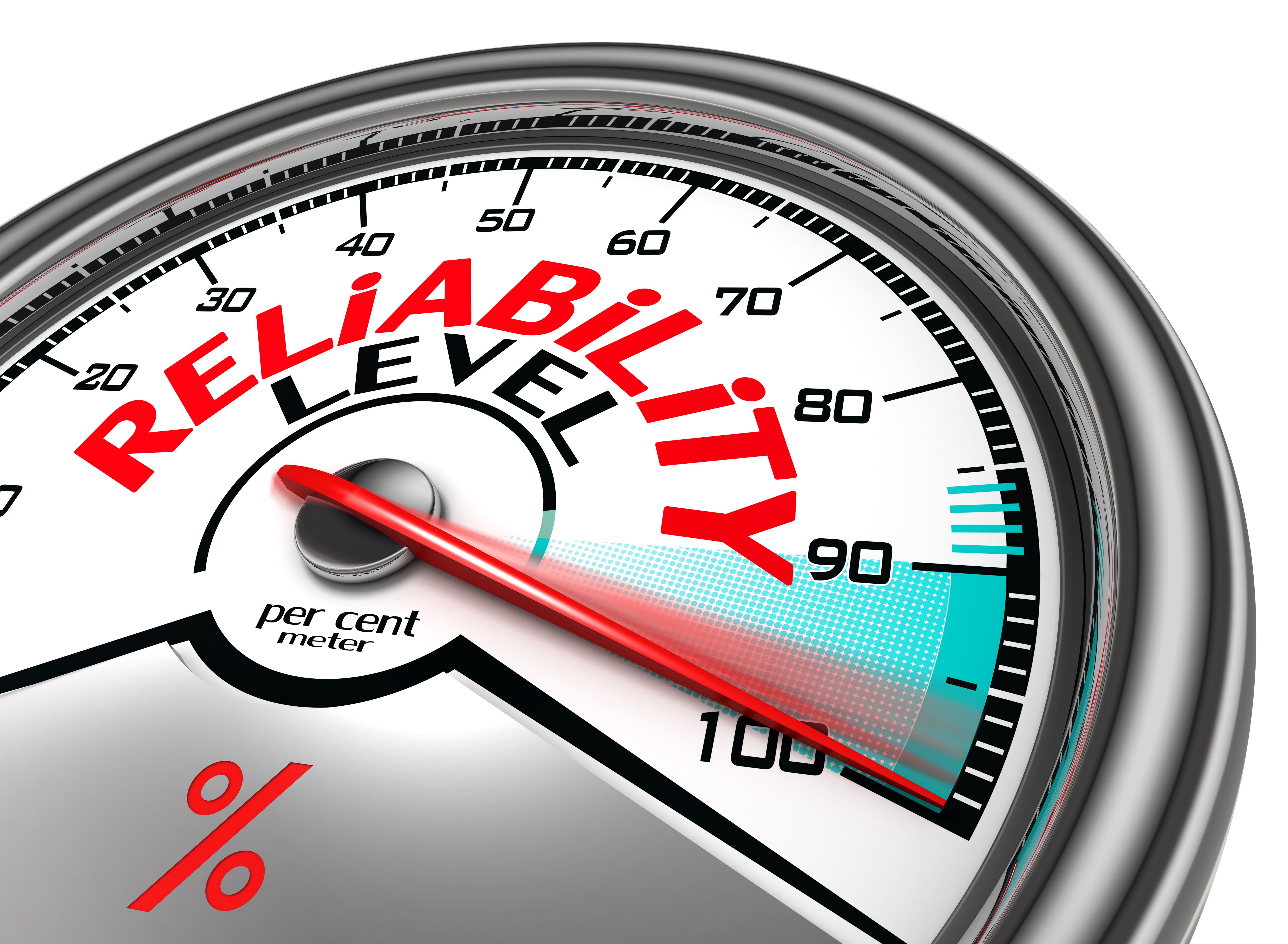Fundamentals of Maintenance Strategy Development
Understanding Maintenance Strategy
Developing a robust maintenance strategy is crucial for any organization that relies on physical assets. A well-crafted strategy ensures that equipment and machinery operate efficiently, minimizing downtime and extending their lifespan.
The primary goal is to maintain assets in a manner that balances cost, reliability, and performance. Understanding the fundamentals of maintenance strategy development is the first step towards operational excellence.

Types of Maintenance Strategies
When developing a maintenance strategy, it's important to understand the different types available. The most common strategies include:
- Preventive Maintenance: Scheduled and routine maintenance actions to prevent equipment failures.
- Predictive Maintenance: Using data and analytics to predict when maintenance should be performed.
- Corrective Maintenance: Repairs carried out after equipment has failed.
- Condition-Based Maintenance: Monitoring the actual condition of assets to decide on the necessary maintenance actions.
The Role of Data in Maintenance Strategy
Data plays a pivotal role in the development of an effective maintenance strategy. By collecting and analyzing data from various sources, organizations can make informed decisions about when and how to maintain their assets. This approach not only improves the reliability of equipment but also optimizes maintenance costs. Data-driven strategies are becoming increasingly popular as technology advances, allowing for more precise predictions and planning.

Steps to Develop a Maintenance Strategy
Creating a maintenance strategy involves several key steps. Here’s how you can develop a comprehensive approach:
- Asset Inventory: Begin by identifying all assets and their criticality to operations.
- Risk Assessment: Evaluate the risks associated with each asset failing.
- Select Maintenance Type: Choose the appropriate type of maintenance strategy for each asset.
- Implementation Plan: Develop an implementation plan that includes scheduling, resources, and responsibilities.
- Performance Monitoring: Continuously monitor the effectiveness of the strategy and make adjustments as needed.
Benefits of a Strong Maintenance Strategy
A well-defined maintenance strategy offers numerous benefits. It increases equipment reliability, which in turn reduces downtime and operational disruptions. Furthermore, it optimizes maintenance costs by ensuring resources are used efficiently. A proactive approach to maintenance can also enhance safety by preventing accidents caused by equipment failure. Overall, it contributes to the longevity and performance of assets.

Challenges in Maintenance Strategy Development
Despite its benefits, developing a maintenance strategy is not without challenges. One common issue is the lack of sufficient data to make informed decisions. Additionally, aligning maintenance activities with broader organizational goals can be complex. Companies may also face resistance to change from employees accustomed to traditional maintenance methods. Addressing these challenges requires careful planning and communication across all levels of the organization.
The Future of Maintenance Strategies
The future of maintenance strategies lies in technological advancements such as the Internet of Things (IoT), artificial intelligence (AI), and machine learning. These technologies enable real-time data collection and analysis, leading to even more efficient maintenance practices. As industries continue to adopt these technologies, maintenance strategies will become more predictive and less reactive, ensuring that companies can maintain high levels of operational efficiency.
Need Help?
Redefining your maintenance can be daunting for busy maintenance departments. If you need assistance with any of the points raised here please contact RPCMaint through this website. We will respond promptly.
References
Gartner (2023). Predictive Maintenance Market Guide. Gartner Research.
IEC (2018). IEC 60812: Failure Modes and Effects Analysis (FMEA and FMECA). International Electrotechnical Commission.
ISO (2014). ISO 55001: Asset Management – Management Systems – Requirements. International Organization for Standardization.
Moubray, J. (1997). Reliability-Centered Maintenance. 2nd ed. New York: Industrial Press.
Nakajima, S. (1988). Introduction to TPM: Total Productive Maintenance. Cambridge, MA: Productivity Press.
